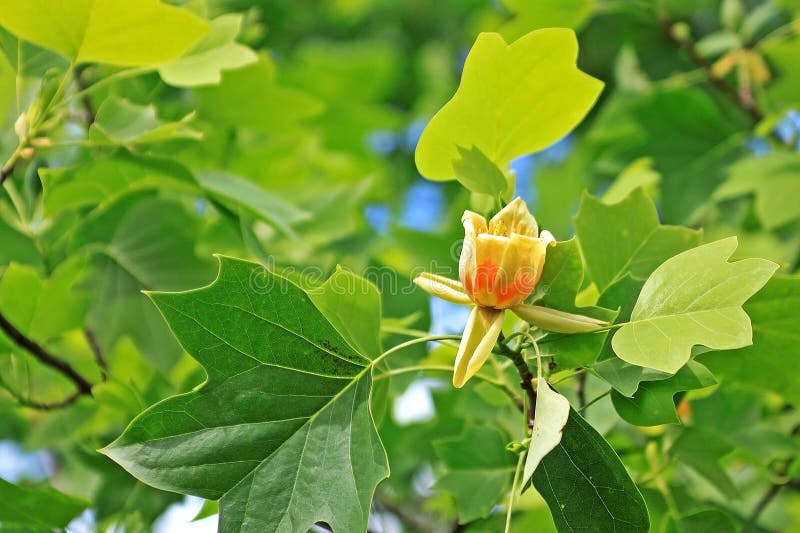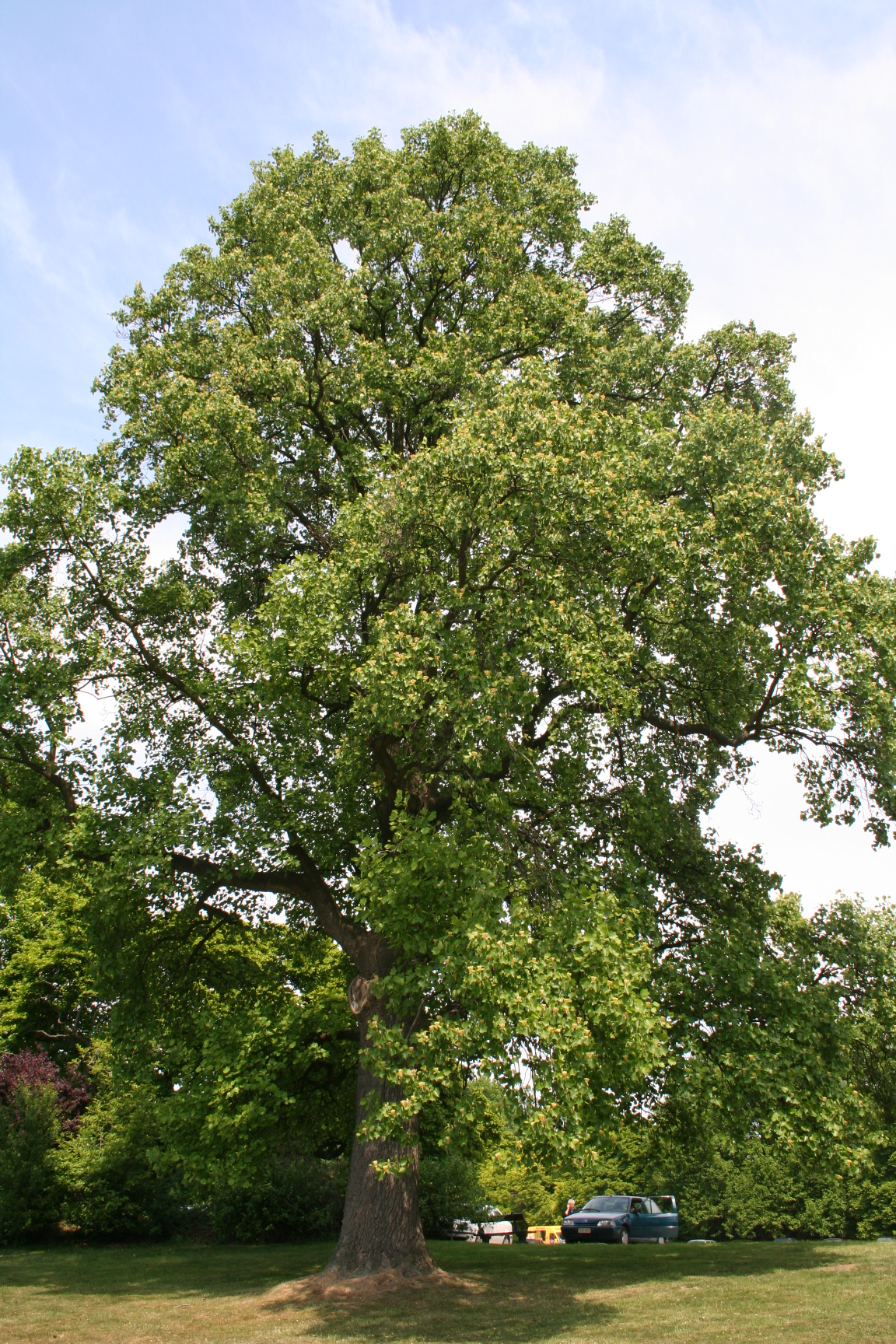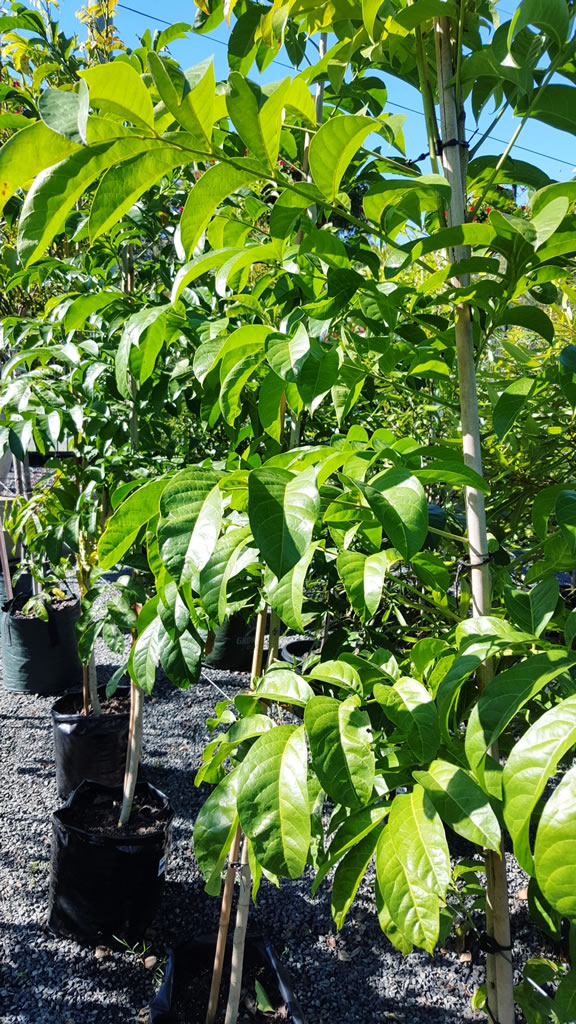
Ramsay Cascades Trail This Tulipwood tree is considered to… Flickr
Harpullia pendula. Family: Sapinsaceae Origin: Tropical and sub-tropical eastern Australia A popular garden and urban tree, Tulipwood is a beautiful, native, hardy, and well-behaved small tree that suits landscapes well. It's commonly used along urban coastal roads, as its toughness helps it to thrive in salty areas along ocean shores and in the less than ideal air and soil of the city.

Tulipwood Harpullia Pendula
Tulipwood (Harpullia pendula) Care Guide. Tulipwood (Harpullia pendula), from the eastern parts of Australia, is popular as a neat street tree and an attractive shade tree. The strong, fine-grained timber is ideal for cabinet-making. It has been extensively harvested from forests, to the point of becoming rare.

Nursery Manager's Plant of the month Harpullia Pendula (Tulipwood) Gympie District Landcare
Liriodendron tulipifera—known as the tulip tree, American tulip tree, tulipwood, tuliptree, tulip poplar, whitewood, fiddletree, lynn-tree, hickory-poplar, and yellow-poplar—is the North American representative of the two-species genus Liriodendron (the other member is Liriodendron chinense), and the tallest eastern hardwood.It is native to eastern North America from Southern Ontario and.

Tulipwood Tree Types of plants, Plants, Tree
Conditions. Botanical Name: Harpullia pendula Common Name: Tulipwood Family: Sapindaceae Plant Type: Medium/Small Tree Height: 7 m Width: 3 m Growth Habit: Evergreen, Rounded Tree Leaf Description: Deep Lime Green, Copper Pink New Growth Flower Colour: Pale Yellow, Orange Seed Pods Flowering Time: Summer Light Needs: Full Sun/ Part Shade Soil Moisture: Dry to moist, free draining

Tulipwood Tree Leaves Against The Sky Stock Image Image of beauty, organic 32577925
Tuliptree is the tallest tree of eastern forests with the straightest trunks, achieving heights of well over 100 feet with 4-foot diameters, when not prematurely harvested. It frequents moist woodlands and edges of fields, especially on downslopes where water drains. Its lightweight wood, often used as a base for veneer, is straight-grained.

Tulipwood Scientific name Harpullia pendula Lyle Radford Photography
The tulip tree is a bountiful and great tree that burns easily, is readily available, and is quick to season. However, the wood won't burn for long. We, therefore, recommend that you only use it to start a fire. The wood won't provide you with enough heat during winter. You also can't use it for cooking or heating.

Tulip Poplar Trees are a healthy wooded, rapid growing shade tree. Tulip poplar tree, Tulip
Tulip trees are hardwood trees. Tulip trees are part of the flowering angiosperms fruit-producing trees. They fall into the hardwood category because they are flowering, unlike that softwood trees, which are coniferous trees that bear pine cones. The tulip tree is deciduous, which means it loses its leaves in the fall.

Is Tulip Tree Wood Good for Anything? (8 Quick Facts)
Apply a fertilizer formulated for acidic soil in early spring, and again mid-spring if flower development is slow. Mulch. Apply a two- to four-inch layer of mulch around the tree's base for moisture retention. Pest control. Tulip trees are susceptible to infestation from tulip-tree aphids and tulip-tree scales.

Liriodendron tulipifera / Tulipwood, Lily tree Consejos para mi huerto
Plunge the cut end of the branch approximately eight inches into the soil, then cover the cutting with plastic to hold in the humidity. Place the bucket in a protected area that gets bright, indirect light. Check for root development a few weeks later. Your tulip tree should be ready for transplanting by spring.

Harpullia pendula.tulipwood Diversity Native Seeds
Common Name (s): Tulipwood. Scientific Name: Dalbergia decipularis (also Dalbergia frutescens) Distribution: Northeastern Brazil. Tree Size: 20-30 ft (6-9 m) tall, less than 1 ft (.3 m) trunk diameter. Average Dried Weight: 60 lbs/ft 3 (970 kg/m 3) Specific Gravity (Basic, 12% MC): .88, .97. Janka Hardness: 2,500 lb f (11,120 N) Modulus of.

American tulipwood Adventures in Natural Beekeeping
Pros. Attractive Appearance: Tulipwood is an attractive wood species that can come in many colors that make it unique from other woods. Durable: Tulipwood is a durable and stable hardwood that requires less care and maintenance than many other hardwoods. Rot and Weather Resistant: Tulipwood contains natural oil (silica), making it resistant to.

Tulip Wood colour Tulip wood tree (Harpullia pendula, fam… Flickr
Cracks. Tulipwood is one of the most coveted and seldom-seen of all (Dalbergia genus) rosewood species. The trees are very small in stature, thus, obtaining long, wide boards is quite rare -- and, when found undefective, sell at a premium. It is much more commonly found in smaller, craft-sized pieces.

HARPULLIA pendula (Tulipwood) Australian Native Tree Emaho Trees
Tulip Wood Tree Harpullia arborea (Blanco) Radlk. collect. overview; data; media; articles; maps; names; Vinayaraj cc-by-sa-3. Harpullia arborea (Tulip Wood Tree) is a species of tree in the family Sapindaceae. They have a self-supporting growth form. They have compound, broad leaves and capsule fruit.

HARPULLIA hillii (Blunt Leaved Tulipwood) Australian Native Tree Emaho Trees
x 2.81" x. 36". Cracks. Defect on edge. $ 73 .98. Add. Tulipwood is one of the most coveted and seldom-seen of all (Dalbergia genus) rosewood species. The trees are very small in stature, thus, obtaining long, wide boards is quite rare — and, when found undefective, sell at a premium. It is much more commonly found in smaller, craft-sized pieces.

Tulipwood Tree Types of plants, Tree, Plants
Tulipwood. Tulipwood is one of the most unsual of the Rosewood (Dalbergia) species. The Tulipwood tree is very small and the yield only produces turning stock and narrow lumber. The unusual pale yellow color is heavily streaked with pink, orange and red lines in the grain. Tulipwood turns well and polishes to a high sheen.

Harpullia Pendula "Tulipwood" Feature Trees Ross Evans Garden Centre
Harpullia pendula, known as the tulipwood or tulip lancewood is a small to medium-sized rainforest tree from Australia.The tree's small size, pleasant form and attractive fruit ensures the popularity of this ornamental tree. The range of natural distribution is from the Bellinger River in northern New South Wales to Coen in tropical Queensland.Tulipwood occurs in various types of rainforest.